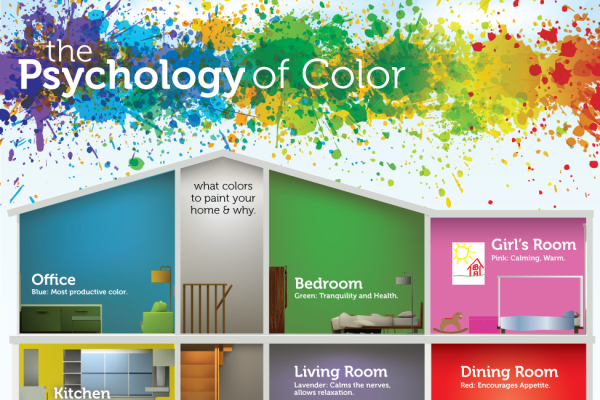Making The Most Of Little Spaces: Painting Methods To Create The Impression Of Space
Making The Most Of Little Spaces: Painting Methods To Create The Impression Of Space
Blog Article
Short Article Author-
In the world of interior decoration, the art of optimizing small spaces with tactical paint strategies provides a profound possibility to change confined locations right into visually expansive shelters. The careful option of light shade schemes and clever use visual fallacies can function wonders in producing the illusion of area where there appears to be none. By employing go here , one can craft a setting that defies its physical borders, welcoming a sense of airiness and visibility that hides its actual dimensions.
Light Color Selection
Choosing light colors for your painting can dramatically enhance the impression of space within your artwork. Light shades such as soft pastels, whites, and light grays have the ability to reflect even more light, making a room feel even more open and airy. These colors develop a feeling of expansiveness, making walls show up to decline and ceilings seem greater.
By using light colors on both walls and ceilings, you can obscure the boundaries of the space, giving the perception of a bigger location.
Moreover, light colors have the power to bounce natural and synthetic light around the area, brightening dark edges and casting fewer darkness. This effect not just contributes to the total large feel however additionally creates a much more inviting and vibrant environment.
When selecting light colors, think about the undertones to make sure harmony with various other elements in the room. By tactically including light shades into your painting, you can change a restricted space into a visually bigger and much more inviting atmosphere.
Strategic Trim Paint
When intending to develop the illusion of area in your paint, calculated trim painting plays a critical role in specifying limits and boosting depth understanding. By tactically selecting the colors and surfaces for trim job, you can properly adjust exactly how light communicates with the room, eventually influencing exactly how huge or little a room really feels.
To make a room show up bigger, consider repainting the trim a lighter color than the wall surfaces. This comparison produces a feeling of depth, making the wall surfaces recede and the area really feel more expansive.
On the other hand, painting the trim the very same shade as the wall surfaces can create a seamless look that blurs the edges, offering the impression of a continuous surface area and making the limits of the area much less specified.
Furthermore, using a high-gloss surface on trim can show a lot more light, more boosting the perception of space. Alternatively, a matte coating can absorb light, creating a cozier ambience.
Carefully thinking about these information when painting trim can considerably influence the general feel and regarded size of an area.
Optical Illusion Techniques
Using optical illusion methods in painting can effectively modify assumptions of depth and space within a provided environment. One usual technique is using gradients, where colors change from light to dark tones. By using a lighter color at the top of a wall and slowly darkening it in the direction of all-time low, the ceiling can appear higher, developing a sense of upright room. Alternatively, painting read this article than the walls can make it look like the space extends even more than it in fact does.
Another optical illusion technique includes the critical positioning of patterns. Horizontal red stripes, for instance, can visually widen a narrow room, while vertical red stripes can lengthen an area. Geometric patterns or murals with perspective can likewise deceive the eye right into viewing more depth.
In addition, integrating reflective surfaces like mirrors or metal paints can jump light around the space, making it really feel a lot more open and roomy. By skillfully using these optical illusion strategies, painters can change tiny rooms into visually extensive locations.
Conclusion
In conclusion, critical paint strategies can be made use of to make the most of little areas and produce the impression of a bigger and a lot more open area.
By choosing light colors for walls and ceilings, making use of lighter trim colors, and integrating optical illusion methods, perceptions of deepness and size can be manipulated to transform a tiny space right into an aesthetically larger and a lot more welcoming atmosphere.
